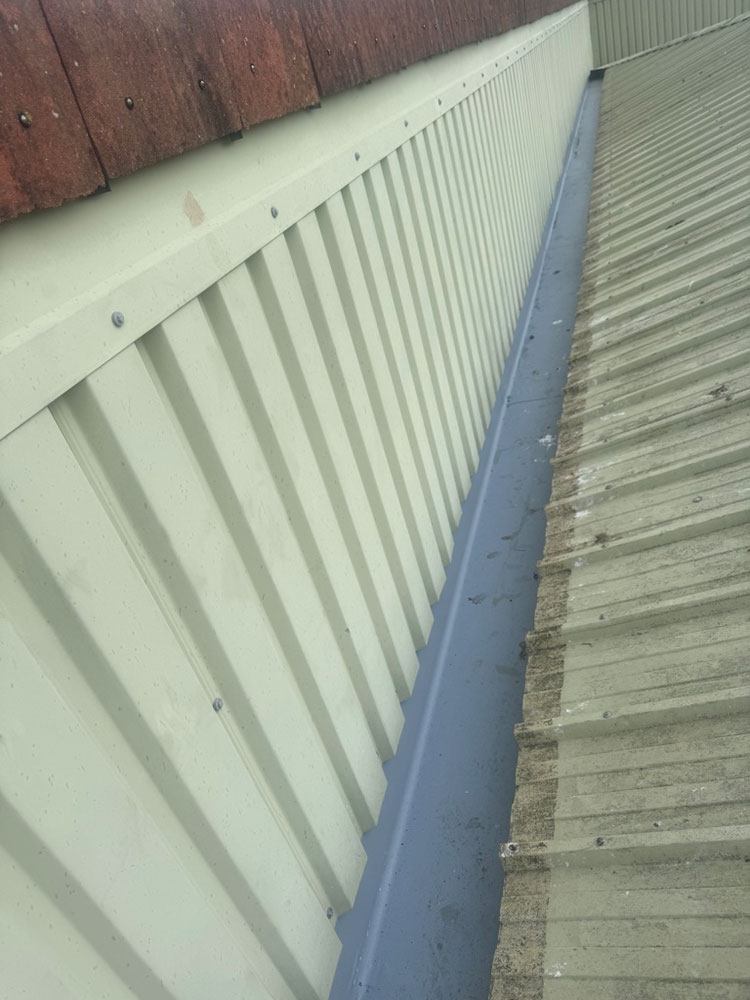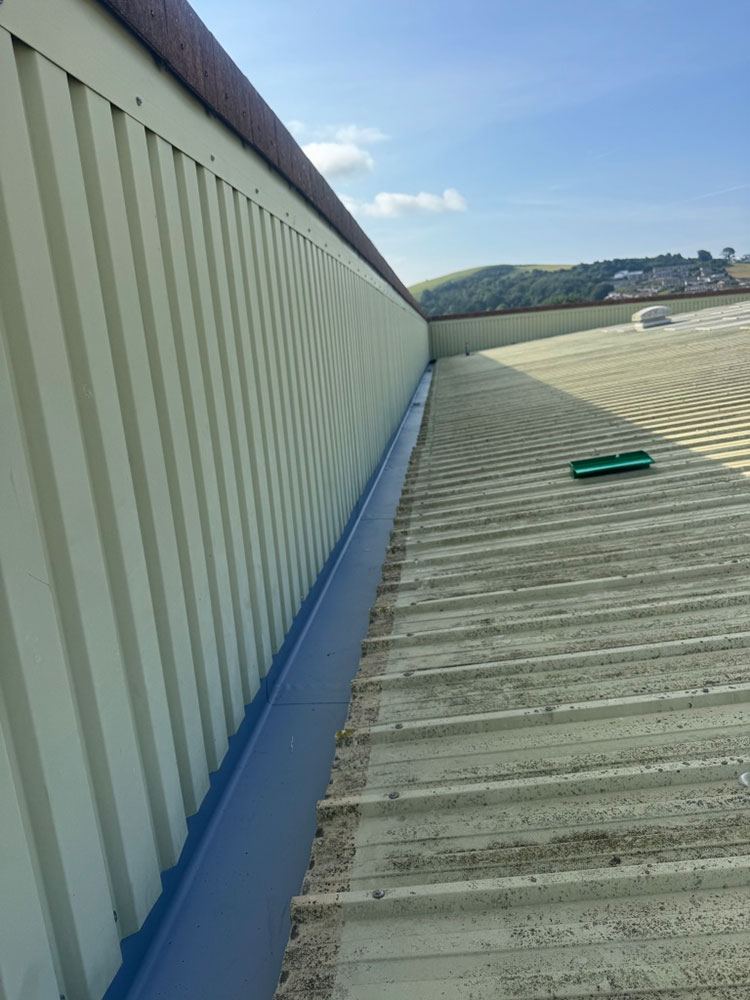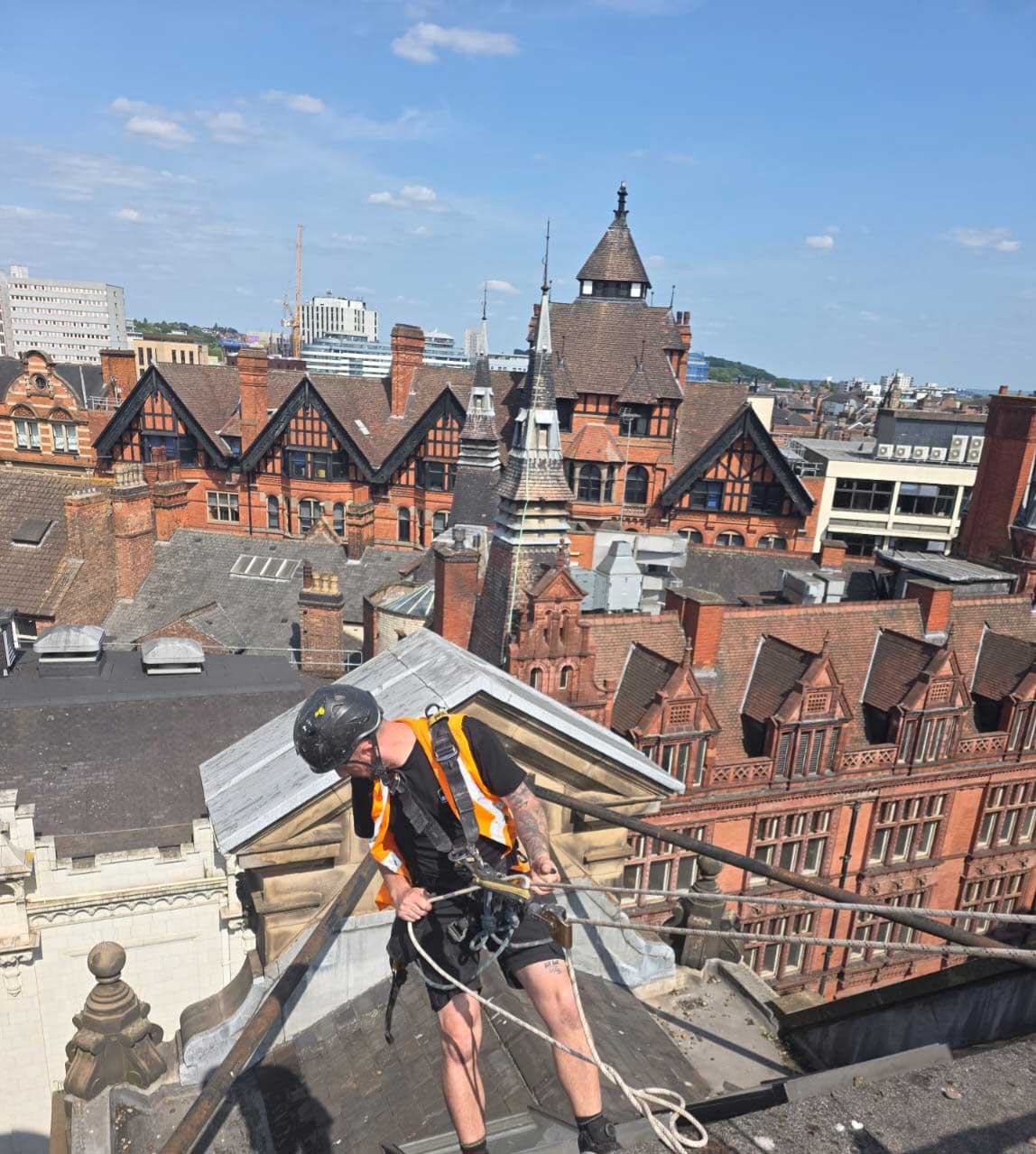
Your commercial roof is easy to forget—until something goes wrong. But neglecting early warning signs can lead to serious damage, disruption to your business, and even safety concerns. Spotting trouble before it escalates is key. Here are some clear indicators that your roof needs prompt attention.
1. Pooling Water
Flat or low-slope roofs are particularly prone to water collecting in shallow dips. While a brief puddle after rain isn’t unusual, water that remains for more than 48 hours is a red flag. It can stress the roofing materials, lead to sagging, and eventually cause leaks.
2. Tears or Punctures in the Membrane
The waterproof membrane protects your roof from the elements. If you notice rips, blisters, or bubbles, these can allow water to seep beneath the surface. Even a small tear can compromise the roof’s integrity over time, especially during heavy weather.
3. Insulation Issues
Damp or damaged insulation beneath the roof often indicates a leak. Signs include inconsistent indoor temperatures, a rise in energy use, or a musty smell inside the building. Wet insulation loses effectiveness and can harbour mould or structural rot.
4. Visible Sagging or Uneven Areas
A commercial roof should have a uniform surface. Sagging, low spots, or unusual curves can mean water is accumulating internally or that structural supports are compromised. This should be checked straight away.
5. Debris Build-Up
Leaves, dirt, and other debris can clog drains and cause water to back up. Over time, this leads to saturation and decay of roofing materials. Regular cleaning helps, but persistent build-up in the same area might hint at a deeper issue.
6. Interior Water Marks or Stains
Damp patches on ceilings or walls below the roof are classic signs of water ingress. These often go unnoticed in warehouse spaces or utility areas. They signal that the roof’s protective layer has been breached and water is finding its way inside.
7. Unusual Sounds During Rain
If you hear dripping, trickling, or odd thuds during a downpour, don’t ignore it. These noises may point to internal leaks, water hitting trapped insulation, or drainage problems.
What to Do Next
A visual inspection every few months, especially after storms, can help spot these issues early. If you’re unsure or notice any of the signs above, consult a trusted roofing professional promptly. Addressing problems at the first sign helps protect your property, stock, and operations from bigger complications later on.









